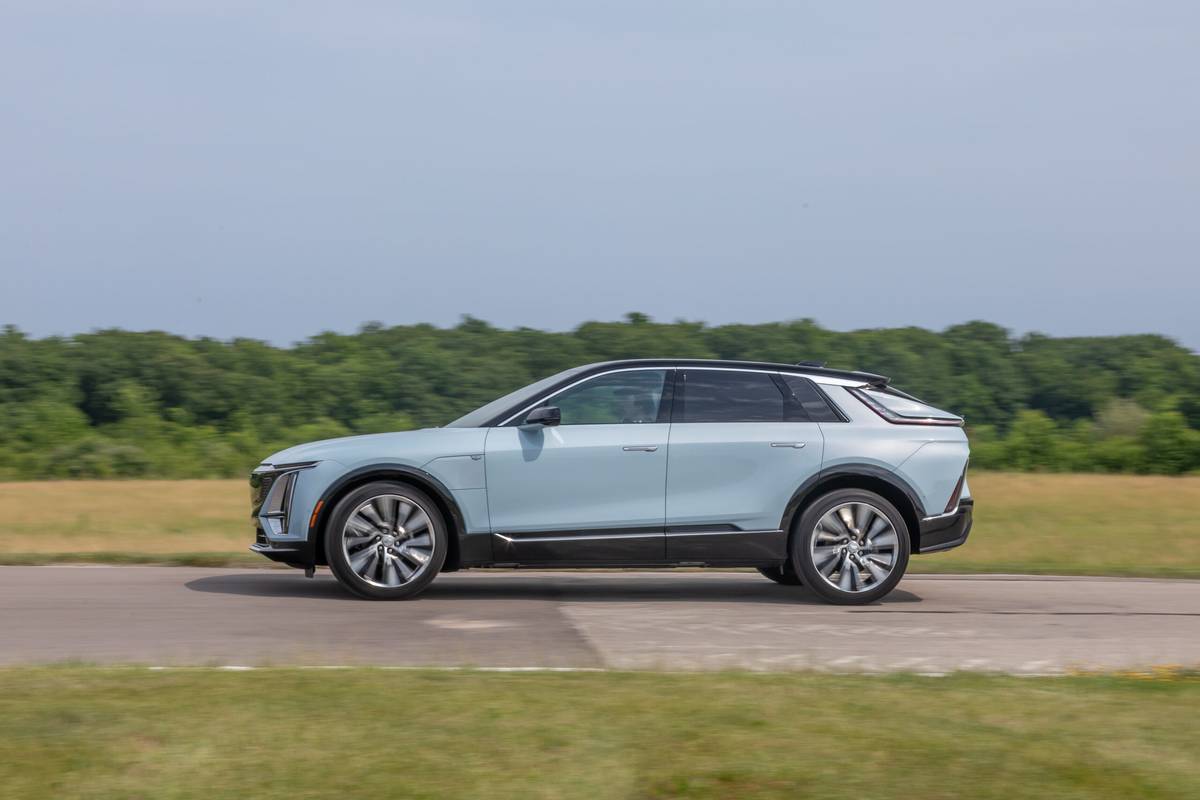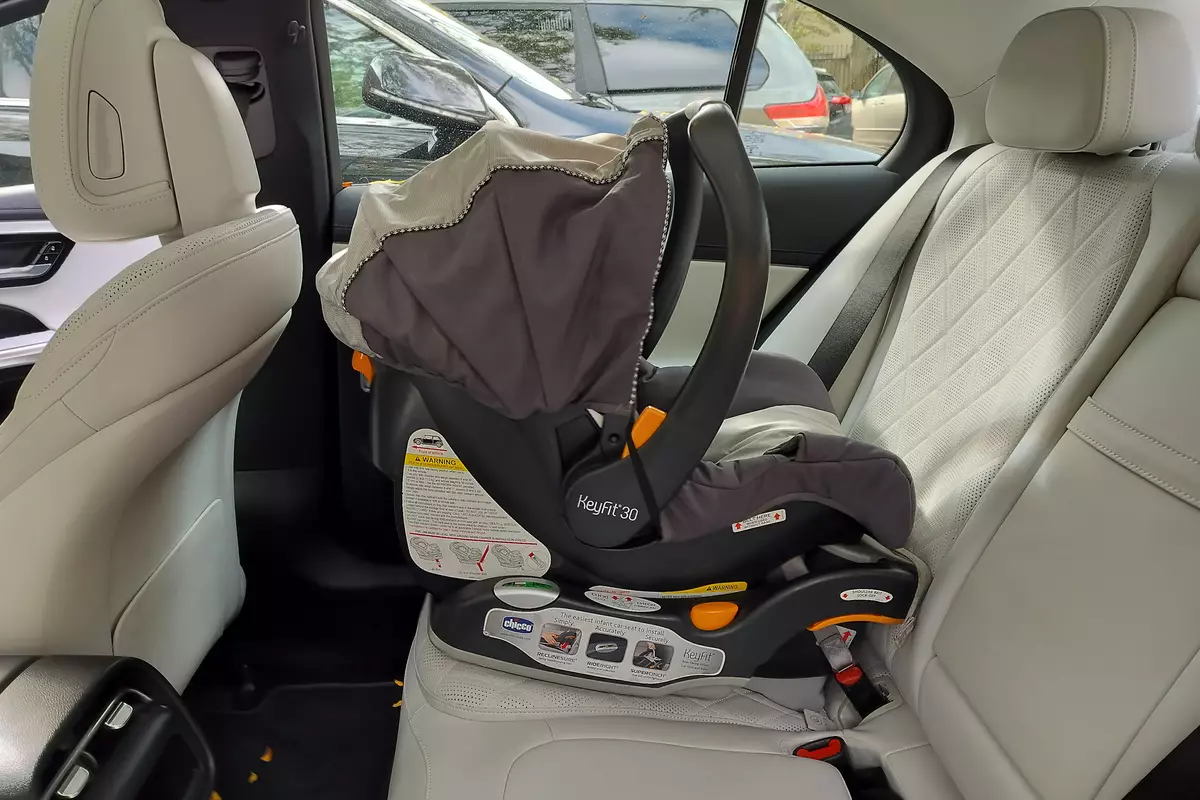Star-Telegram.com's view
Here’s one meant just for fun: the all-new Mini ragtop. And fun it is, especially now that convertible weather is here across the USA.
Of course, we here in Texas get to enjoy open-top cars with their tops down almost all year long, but with spring having sprung all over the country, now is the perfect time for taking a road trip in a Mini convertible.
This is about the most fun car I’ve driven in a long time, especially when the top is down, and despite the relatively high price of our Cooper S test model — which had loads of options and topped out at just over $30,000 — you can get a Mini Cooper ragtop in base form for about $22,000. That’s a bargain for what you get, particularly in today’s car market.
Just two years after introducing the modern version of the Mini Cooper to the United States, BMW has given us an open-top version of this little British car.
BMW spent three years helping its British Rover Group subsidiary develop a new Mini to replace the long-running original version with its late 1950s design. So when BMW sold off the Rover Group almost four years ago, it kept the Mini brand, and introduced the car as a brand separate from BMW. As in the past, though, the cars are built in the United Kingdom, not Germany where BMW is based.
The automaker required its Mini dealers to build separate showrooms for these cars, and although it is a BMW product, that name is not officially on the car or in its product literature.
While the base Mini Cooper begins at about $18,000, you’ll pay a premium of about $4,000 for the least-expensive convertible model, whose actual price is $21,500 plus $550 freight.
But as there is an uplevel version of the Mini sedan called the Cooper S model, so also is there an S version of the convertible, and that’s the one we tested for this report. With the S version, you’ll have to pay about $4,500 over the sticker of the Cooper S sedan for the ragtop version. Base price of our Cooper S convertible was $24,900 (plus freight).
Base models come with a 115-horsepower, 1.6-liter four-cylinder engine, while the S models get a supercharged version of the same engine, rated at 168 horsepower (up from 163 hp. for 2004 Mini sedans). I’ve driven both, and because I prefer lower prices and better fuel economy over the extra power, I’d go with the base model myself.
But for those who want more zip, you definitely get that with the S version. A five-speed manual gearbox is standard on the base model, and a four-speed automatic is optional. All S models come with a six-speed manual transmission, though; no automatic is offered.
As I’ve said before, the Mini is a car that takes cuteness to a whole new level, yet it continues to defy being defined as a “chick car,” which would tend to doom it among potential male buyers. The Mini sedan has a 50-50 male-female buyer ratio, although the company can’t differentiate between male buyers who plan to use the cars themselves or those who are buying the cars for spouses or daughters.
I wouldn’t be afraid to be seen in either the base or S version, with either the hard top or the ragtop. But as with some other cars that consumers consider cute, the uplevel version of the Mini with the higher horsepower sells mostly to men, while base models are most often chosen by women.
With the base engine, the Mini convertible can go from zero to 60 mph in 8.9 seconds; the supercharged engine pushes the car to 60 mph in seven seconds, the company says.
If you’re on a budget — whether you’re male or female — the base Cooper is still a great choice. You won’t find any other convertibles this much fun to drive for a pricetag of $22,000 or less.
With the Mini convertible, you’ll want to keep the top open as much as possible. To help you with that, the company designed a power-operated soft top that can be completely opened or closed in about 15 seconds. It’s standard on both models; no manual top is offered.
The top also can be opened part way to create a sunroof, which is nice when the weather is a little too cool for the top to be all the way down. In this configuration, the first 16 inches of the roof opens in about 2.5 seconds, which means that you also can close it in 2.5 seconds if it starts to rain.
The convertible, as expected, is a bit noisy with the top up. With the top down, of course, you hear every bit of noise around you. So what?
The company hopes that owners will want to drive with the top down most of the time. The marketing theme for the ragtop model is “Always Open,” and the company asks consumers to sign a tongue-in-cheek “contract” when purchasing a Mini convertible, pledging to keep the top open “at least 90 percent of the operating period.”
The “contract” allows the top to be closed under the following conditions: “When motoring in rain under 25 miles per hour” (over 25 mph, the rain is horizontal, so the occupants don’t get wet anyway, the automaker contends.); “When motoring through a carwash and/or having car washed manually”; “When parked outside for an unexpected extended period of time (Mini USA doesn’t recommend any Mini be parked for an extended time.)”; “When temperature drops below freezing point”; “After hair plug surgery”; “When within earshot of an outdoor banjo and/or kazoo concert”; “When driving through a biblical-size swarm of locusts”; or “To avoid riotous teenage groupies.” BMW says the the sunroof-open position is considered top-down only if the windows also have been lowered, “maximizing Mini owner’s exposure to outdoor elements.”
In the Sun Belt, the 90 percent commitment might be easy to keep, particularly here in Texas.
Remarkably, the design of the ragtop stayed very similar to that of the sedan, a challenge when chopping off the top of any car.
Interior space is nearly the same as with the Mini sedan. The two front bucket seats are quite roomy, and the back seat can hold two adults, although children would be more comfortable in the back. A small tailgate opens to give access to the trunk, and when it is folded down, it can hold up to 175 pounds, perfect for a Mini tailgate party.
Top up or down, there isn’t much cargo space in this car, so if you’re taking a road trip with just one other person, you’ll probably put part of your luggage in the back seat. Trunk capacity is 5.8 cubic feet with the top up, or 4.2 cubic feet with the top down. The soft top includes a glass rear window. And for rollover protection, there are individual roll bars over the backs of the two rear seating positions, and the reinforced windshield pillar serves as a roll bar for the front seats.
The engineering of the convertible is pretty slick. The top folds completely down behind the rear seat, and the chassis was reinforced to make up for losing the hard top and to help eliminate the body shake that usually accompanies convertibles.
Standard on all models are four-wheel disc brakes with antilock and electronic brake assist. Base models come with 15-inch wheels, while S models get a choice of 16- or 17-inch wheels. Our test car came with a $1,350 “sport” package that added 17-inch alloy wheels, stability control, front fog lights, performance-rated run-flat tires, hood stripes and xenon headlights with power washers.
Our car also came with the optional leather upholstery ($1,300), as well as dark silver metallic paint ($420); a cold-weather package ($300), which added heated mirrors, front seats and windshield-washer nozzles; automatic climate control ($300); multi-function steering wheel with cruise control ($250); cockpit chrome trim package ($300); and a Harmon-Kardon audio system ($550).
All Minis for 2005 — sedan and convertibles — include new bumpers, grille, headlights and taillights. Inside, there is even a tray under the stereo intended for an Apple iPod or a cell phone.
EPA fuel-economy ratings for our S version are 25 miles per gallon in the city and 32 mpg on the highway. The tank holds 13.2 gallons of gasoline. With the base model, EPA ratings are 28 city/37 highway.
G. Chambers Williams III is staff automotive columnist for the San Antonio Express-News and former transportation writer for the Star-Telegram. His automotive columns have appeared regularly in the Star-Telegram since 1995. Contact him at (210) 250-3236; chambers@star-telegram.com.
At a Glance – 2005 Mini Cooper convertible The package: Subcompact, three-door, four-passenger, four-cylinder, rear-drive convertible. Advantages: The new generation of the venerable little car from England has BMW’s handprint on it, and it is better than the original Mini ever was. For 2005, the convertible was added. The car has decent acceleration and roadhandling even with the base model, cute styling, and is surprisingly roomy for the front occupants. Negatives: Back seat is best left to the kids; limited trunk space. Engine: 1.6-liter four-cylinder (normally aspirated or supercharged). Transmission: Five-speed manual, six-speed manual (S model), continuously variable automatic (optional, base model only). Power/torque: 115 hp./110 foot-pounds (base), 163 hp./115 foot-pounds (S model, supercharged). Length: 142.8 inches. Curb weight: 2,424-2,678 pounds. Cargo capacity: 5.8 cubic feet (top up); 4.2 cubic feet (top down). Brakes, front/rear: Disc/disc, antilock. Major competitors: Volkswagen New Beetle convertible, and to a lesser extent, Ford Mustang convertible, Mazda Miata, Honda S2000 and Toyota MR2 (discontinued). Fuel capacity: 13.2 gallons. EPA fuel economy: 28 miles per gallon city/37 highway (base); 25 city/32 highway (S model). Base prices: $21,500 plus $550 freight (base model); $24,900 plus freight (S model). Price as tested: $30,220 (S model, including freight and options). On the Road rating: ***** (five stars out of five).
Prices quoted are manufacturer’s suggested retail; actual selling price may vary according to manufacturer and/or dealer rebates, discounts and incentives, if any.
Latest news



